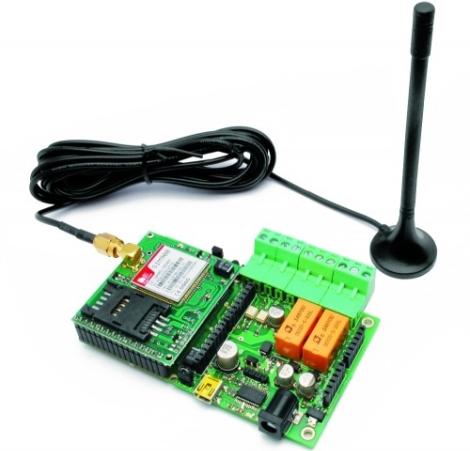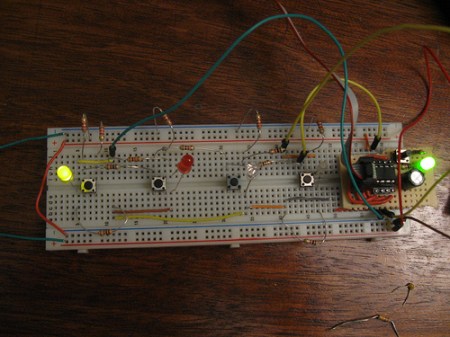
[Mike Li] is showing of his stair climbing robot. It’s a bot that cruises around on a pair of tank treads, but some interesting modifications gave him the traction needed to ascend a flight of stairs without slipping backward.
The image above shows this process in great detail. You can see the unaltered treads leaving the top of the image. In the foreground, strips of rubber-backed rug add some sticking power to the otherwise smooth surface. To really stop the bot from slipping, segments of CAT5 cable have been screwed to the tread at regular intervals, holding the carpeting tightly in the process.
You can see in the video after the break the little robot has no problem with rough terrain. The design was inspired by the iRobot Packbot which has a set of treaded appendages sticking off the front end. These ensure that the vertical face of an obstacle, such as the beginnings of a staircase, can still be reached by the main set of treads.
Continue reading “Treaded Robot Modified For Stair Climbing”

















